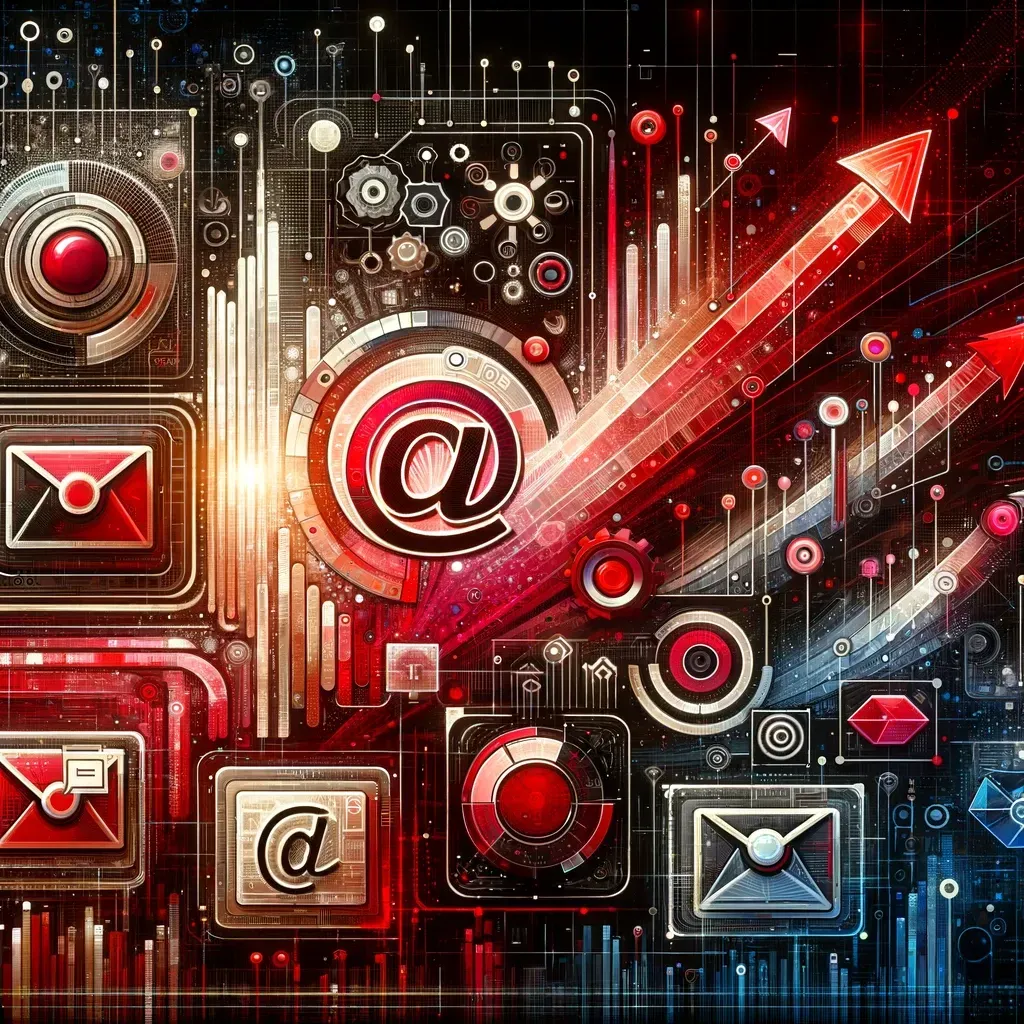
EnTech IT Solutions Blogs
Helpful Blogs Posts to keep you in the know!

Is Your Business Ready? Google And Yahoo's New Authentication Requirements
Google And Yahoo New Email Authentication Requirements: Ensuring Secure Communication
In today's digital age, email has become an integral part of our personal and professional lives. However, with the increasing sophistication of cyber threats, email security has never been more critical. Google and Yahoo, two of the world's leading email service providers, have recently introduced new email authentication requirements to enhance the security of their platforms. In this article, we will delve into these new requirements, understanding their significance, and how they can help protect your email communication.
Understanding Email Authentication
Email authentication is the process of verifying the authenticity of an email message. It ensures that the sender of the email is who they claim to be and that the message has not been tampered with during transmission. This is crucial in preventing email spoofing, phishing attacks, and unauthorized access to sensitive information.
Why Email Authentication Matters
Email authentication matters for several reasons:
Preventing Phishing Attacks: Phishing attacks involve sending deceptive emails to trick recipients into revealing sensitive information. Email authentication helps verify the sender's identity, making it harder for cybercriminals to impersonate legitimate senders.
Enhancing Trust: When recipients know that an email has been authenticated, they are more likely to trust its content. This is especially important for businesses and organizations that rely on email communication for important transactions.
Protecting Brand Reputation: Email authentication helps protect the reputation of brands and organizations by preventing cybercriminals from sending malicious emails that appear to come from them.
Google's New Email Authentication Requirements
Google, with its widely-used Gmail platform, has implemented stricter email authentication requirements to enhance security. These requirements include:
1. DMARC (Domain-based Message Authentication, Reporting, and Conformance)
DMARC is an email authentication protocol that helps protect against phishing and spoofing. It ensures that the sender's domain is authenticated, making it more difficult for cybercriminals to impersonate legitimate senders.
2. SPF (Sender Policy Framework)
SPF allows the owner of a domain to specify which mail servers are authorized to send emails on its behalf. This prevents unauthorized senders from using the domain to send fraudulent emails.
3. DKIM (DomainKeys Identified Mail)
DKIM adds a digital signature to each email, verifying that it has not been tampered with during transmission. This helps ensure the integrity of the email's content.
Yahoo's New Email Authentication Requirements
Yahoo, another prominent email service provider, has also taken steps to enhance email authentication. Yahoo's requirements include:
1. DKIM and SPF Alignment
Yahoo checks whether the DKIM and SPF records of incoming emails align with the sender's domain. If they don't align, the email may be marked as suspicious or rejected.
2. TLS Encryption
Yahoo encourages the use of Transport Layer Security (TLS) encryption for email transmission. This ensures that emails are transmitted securely between servers.
Conclusion
In an era where email threats are constantly evolving, Google and Yahoo's new email authentication requirements are a step in the right direction to protect users from malicious emails. By implementing these security measures, both providers aim to make email communication safer and more reliable for everyone.
FAQs
What is email authentication? Email authentication is the process of verifying the authenticity of an email message to ensure it comes from a legitimate sender and has not been tampered with during transmission.
Why do Google and Yahoo implement email authentication requirements? Google and Yahoo implement these requirements to enhance email security, prevent phishing attacks, and protect their users from cyber threats.
What is DMARC, and how does it work? DMARC (Domain-based Message Authentication, Reporting, and Conformance) is an email authentication protocol that verifies the sender's domain, making it difficult for cybercriminals to impersonate legitimate senders.
How does DKIM enhance email security? DKIM (DomainKeys Identified Mail) adds a digital signature to each email, ensuring its integrity and authenticity.
What is TLS encryption, and why is it important in email communication? TLS (Transport Layer Security) encryption ensures that emails are transmitted securely between servers, protecting the confidentiality of email content.
Give us a call today to start a conversation!
📞 720-704-3318
📧 Start a Conversation today!
🌐 EnTech IT Blog - Get more helpful IT Tips

Connect
Call Or Text:






